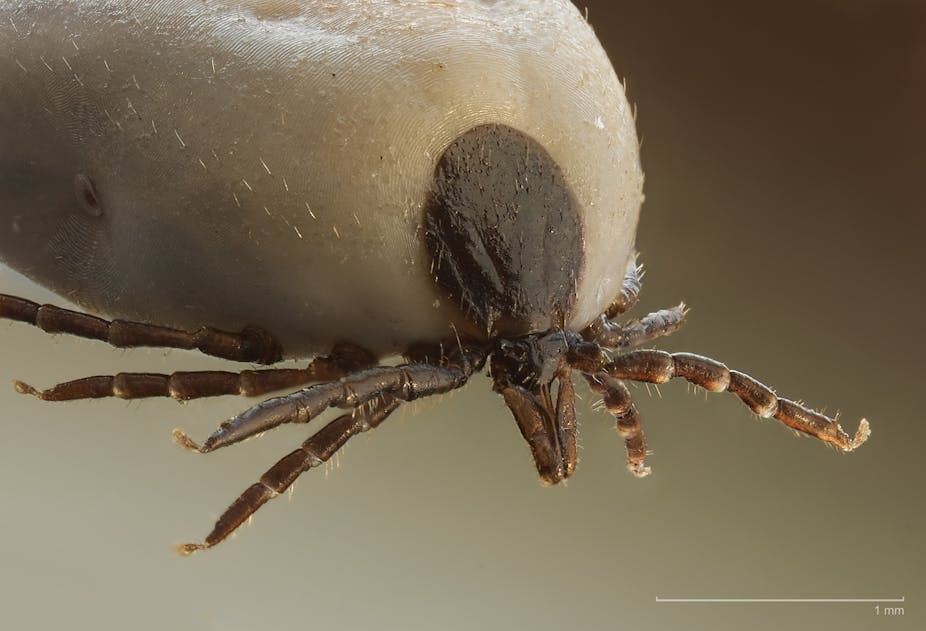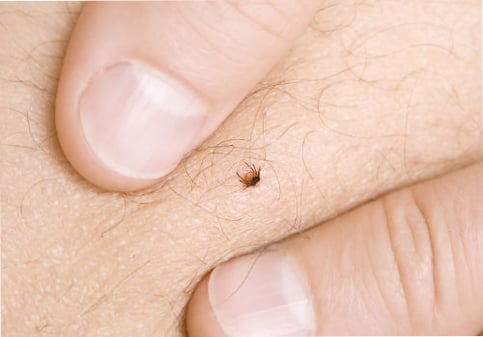Just How Lymecare Alliance is Changing Lives for Lyme Condition Survivors
Just How Lymecare Alliance is Changing Lives for Lyme Condition Survivors
Blog Article
Lyme Disease Awareness-- Know the Symptoms and Stay Protected
Lyme condition continues to be a considerable public health issue, especially in areas where ticks are widespread. What details actions can people take to protect themselves against this often-overlooked disease, and how can areas improve their overall action?
Understanding Lyme Illness
Lyme disease, a widespread tick-borne illness, is triggered by the microorganism Borrelia burgdorferi. This condition is primarily transmitted to humans through the bite of infected black-legged ticks, typically called deer ticks. The geographical distribution of Lyme disease is mostly focused in the northeastern, north-central, and Pacific coastal areas of the USA, although situations have actually been reported in various other locations also.
The life cycle of the tick plays a vital role in the transmission characteristics of Lyme condition. Ticks commonly proceed with four life phases: egg, grownup, fairy, and larva. The risk of transmission rises throughout the fairy phase, as these ticks are little and typically go unnoticed by individuals. Human exposure to ticks is particularly raised in verdant or wooded areas, specifically throughout warmer months when ticks are most active.
Understanding the ecology of Lyme disease is important for effective prevention techniques. Recognition of tick environments and habits can substantially reduce the chance of bites. Public education and learning on appropriate tick elimination techniques and the value of personal safety measures can assist minimize the threat of contracting this facility and potentially incapacitating illness.
Typical Signs And Symptoms to Recognize
Identifying the common signs and symptoms of Lyme disease is vital for early diagnosis and therapy. The initial symptom usually includes a characteristic skin rash known as erythema migrans, which looks like a red round spot with a main clearing, looking like a "bull's- eye." This rash normally develops within 3 to 1 month after a tick bite and can differ in dimension.
In enhancement to the rash, individuals may experience flu-like signs and symptoms, consisting of fever, chills, tiredness, muscular tissue aches, and joint pain. These signs can be deceptive, as they prevail to several various other diseases. If left without treatment, Lyme condition can proceed to more severe manifestations, consisting of neurological issues such as meningitis, facial palsy, or cognitive impairments.
Joint inflammation, particularly in the knees, is one more considerable signs and symptom that may arise in later stages. Some clients report enhanced tiredness or consistent frustrations. Awareness of these symptoms is essential, as early discovery can bring about reliable treatment, normally entailing anti-biotics. Prompt intervention can avoid the progression of the disease and lower the threat of lasting issues. Consequently, alertness is crucial in determining and dealing with the symptoms related to Lyme condition.

Threat Aspects and Transmission
Comprehending the threat variables and modes of transmission associated with Lyme condition is necessary for effective avoidance. Lyme disease is primarily sent via the bite of infected black-legged ticks, frequently known as deer ticks. These ticks grow in woody, grassy, and brushy locations, making outdoor activities in such environments a considerable threat factor for transmission.
Individuals who participate in outside recreational tasks such useful source as horticulture, walking, or outdoor camping are more probable to encounter these ticks. Furthermore, staying in or going to areas where Lyme disease is native, consisting of parts of the northeastern, north-central, and Pacific coastal areas of the USA, enhances direct exposure danger. Certain professions, such as landscape design, forestry, and farming, likewise present enhanced risks as a result of prolonged outdoor exposure.
Furthermore, the life process of the tick, which needs certain ecological problems, impacts transmission dynamics. Aspects such as environment adjustment, which affects tick habitats and populations, can further exacerbate threat. Understanding these factors is essential for individuals to identify their possible direct exposure and take essential safety measures to reduce their risk of contracting Lyme condition.
Reliable Prevention Techniques
On a regular basis executing reliable prevention approaches is important for reducing the danger of Lyme disease. The first line of defense is to prevent areas known for high tick populations, particularly wooded and grassy settings.

Enlightening family members and close friends about these avoidance approaches cultivates area recognition and watchfulness, additional reducing the possibility of Lyme disease transmission. By adopting these measures, people can properly shield themselves from the threats associated with Lyme disease.
Value of Very Early Detection
Very early discovery of Lyme illness substantially influences treatment end results and can protect against the development of the illness - Lymecare Alliance. The onset of Lyme disease are often noted by flu-like signs, including high temperature, tiredness, and the characteristic erythema migrans breakout. Acknowledging these signs promptly permits for timely treatment, which normally involves a course of anti-biotics. When treated early, most people recover totally without long-lasting complications.
Alternatively, delayed medical diagnosis can lead to a lot more severe symptoms of the condition, including neurological and heart issues, which can be extra challenging to deal with and might result in extended wellness issues. Late-stage Lyme illness might require prolonged antibiotic treatment and can lead to chronic signs, significantly affecting high quality of life.
Furthermore, individuals residing in or seeing endemic locations need to be enlightened about the value of self-monitoring for ticks and symptoms. Routine exams and conversations with health care service providers can help with very early discovery and punctual therapy. On the whole, increasing awareness around the early indications of Lyme disease is vital for reliable monitoring and avoidance of even visit here more major health and wellness effects. Early treatment is not only helpful for the also essential but individual in reducing the overall burden of Lyme condition in the area.
Verdict
In recap, raising understanding of Lyme Condition is essential for promoting very early detection and efficient avoidance. Inevitably, a collective effort to remain educated and vigilant against Lyme Condition can enhance area health and lessen the influence of this potentially major health problem.
Lyme illness continues to be a significant public health and wellness problem, specifically in regions where ticks are prevalent.The life cycle of the tick plays a critical role in the transmission dynamics of Lyme illness.Recognizing the threat factors and modes of transmission associated with Lyme illness is necessary for reliable avoidance. Lyme condition is primarily transmitted through the bite of infected black-legged ticks, typically understood as deer ticks. official site Comprehending these aspects is essential for individuals to acknowledge their prospective exposure and take required safety measures to lessen their danger of contracting Lyme illness.
Report this page